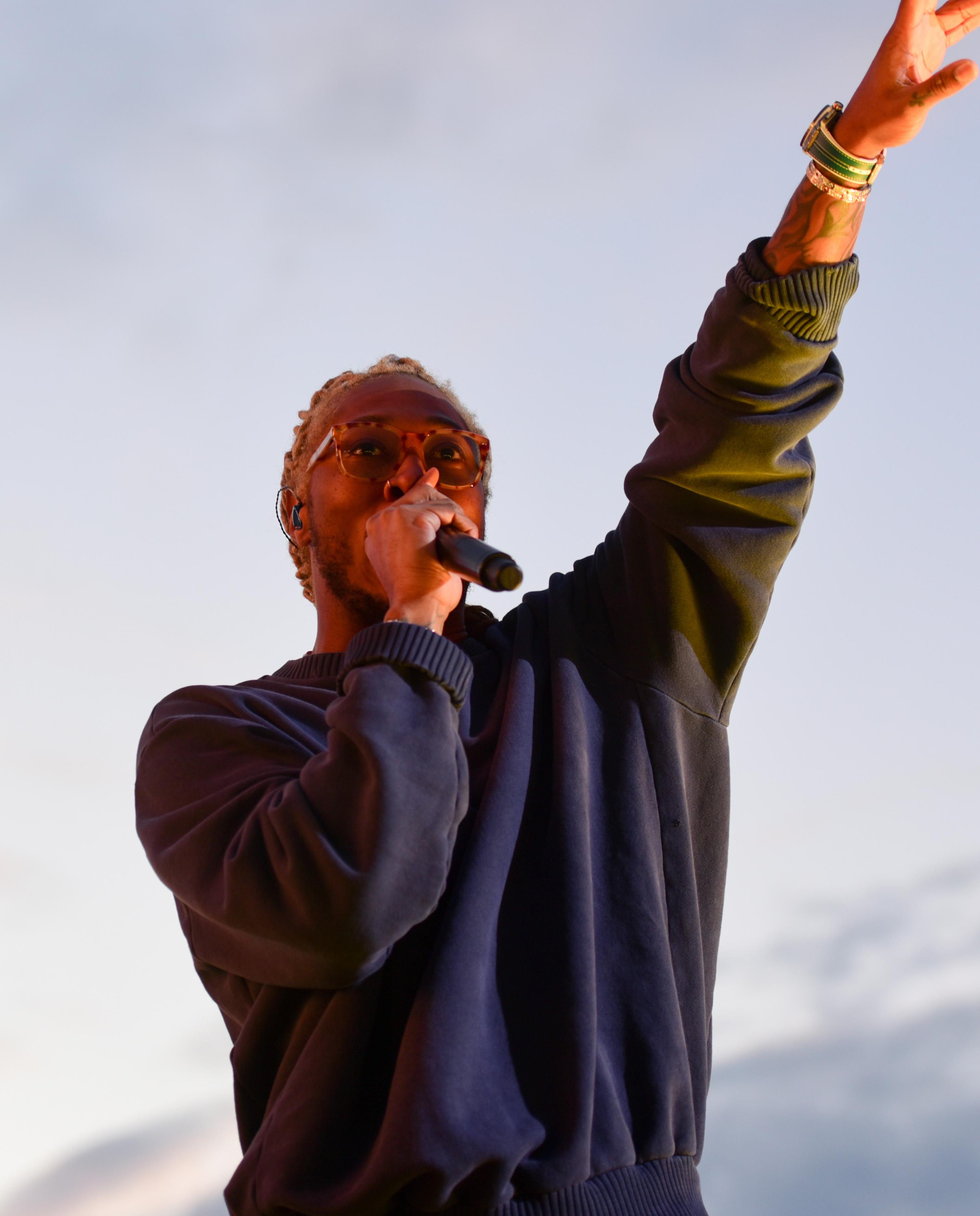Black Mixture, a creative agency known for its innovative and visually compelling content, is pushing the boundaries of digital artistry by harnessing the power of generative AI. Leveraging NVIDIA RTX technology, the agency is producing stunning visuals with unprecedented speed and efficiency, opening up new avenues for creative exploration and client solutions. This article delves into Black Mixture’s implementation of generative AI, exploring the agency’s unique workflow, the impact of NVIDIA RTX on their creative process, and the transformative potential of AI-powered visuals for the future of creative agencies.
Table of Contents
- Black Mixture’s Generative AI Workflow: Leveraging NVIDIA RTX for Visual Excellence
- Optimizing AI Image Generation: Black Mixture’s Hardware and Software Recommendations
- Achieving Photorealistic Results: Black Mixture’s Prompt Engineering and Refinement Techniques
- Future Trends in Generative AI for Visual Content Creation: Black Mixture’s Perspective
- Q&A
- Key Takeaways

Black Mixture’s Generative AI Workflow: Leveraging NVIDIA RTX for Visual Excellence
At Black Mixture, we’re constantly pushing the boundaries of visual storytelling. Our secret weapon? A powerful generative AI workflow fueled by cutting-edge NVIDIA RTX technology. This synergistic approach allows us to ideate, iterate, and execute projects with unparalleled speed and creativity. We’re not just creating images; we’re crafting immersive experiences. This involves a multi-stage creative process where powerful hardware meets artistic vision:
- Concept Generation: AI assists in brainstorming and generating initial visual concepts.
- Refinement & Iteration: Our artists meticulously refine the AI-generated outputs, layering in their expertise to achieve the desired aesthetic.
- NVIDIA RTX Acceleration: RTX cards are the unsung heroes. They dramatically speed up rendering, AI training, and complex simulations, allowing for real-time feedback and faster turnaround times.
The results? Visuals that are not only stunning but also uniquely tailored to each client’s needs. We’ve seen dramatic improvements in both project timelines and overall creative quality. Here’s a quick glimpse at how NVIDIA RTX contributes to enhanced efficiency:
| Task | Without RTX | With RTX |
|---|---|---|
| Image Generation | 20 Minutes | 5 Minutes |
| AI Training | 8 Hours | 2 Hours |
| Complex Rendering | 1 Hour | 15 Minutes |

Optimizing AI Image Generation: Black Mixture’s Hardware and Software Recommendations
At Black Mixture, we’ve turbocharged our creative workflow using AI image generation, and NVIDIA RTX GPUs are at the heart of that power. We’ve rigorously tested various hardware and software combinations to find the sweet spot between speed, quality, and cost-effectiveness. Our goal is to share our insights so you can optimize your own AI-powered visual creation pipeline.
Here are our go-to hardware and software recommendations for maximizing your AI image generation performance:
- GPUs: We recommend NVIDIA RTX 3090 or higher for demanding tasks. RTX 4000 series cards offer significant speed improvements.
- RAM: At least 32GB of RAM is crucial; 64GB or more is ideal for complex generations and larger batch sizes.
- Storage: A fast NVMe SSD is essential for quick loading of datasets and models.
- Software:
- Stable Diffusion with optimized extensions (like xFormers).
- Midjourney – leverage their cloud infrastructure.
- DALL-E 2 – a great option for creative experimentation.
For a deeper dive, here’s a simplified overview of our setup for different levels of AI image generation tasks:
| Task | GPU | Software |
|---|---|---|
| Quick Concept Art | RTX 3070 | Midjourney |
| High-Resolution Images | RTX 3090 | Stable Diffusion |
| Complex Visualizations | RTX 4090 | Stable Diffusion |

Achieving Photorealistic Results: Black Mixture’s Prompt Engineering and Refinement Techniques
Black Mixture’s secret weapon lies in their meticulous approach to prompt engineering. They understand that simply throwing keywords at an AI isn’t enough. Instead, they craft intricately layered prompts that guide the AI towards the desired outcome. This involves:
- Precise language: Using specific and descriptive terms to avoid ambiguity.
- Contextual detail: Providing relevant background information and scene descriptions.
- Artistic direction: Incorporating stylistic cues referencing specific artists, movements, and techniques.
- Iterative refinement: Continuously analyzing and adjusting prompts based on the AI’s output.
The process doesn’t stop at the initial generation. Black Mixture employs a rigorous refinement workflow, leveraging NVIDIA RTX’s power for real-time feedback and adjustments. They often use a combination of in-painting, out-painting, and manual editing techniques to perfect every detail. Consider this example:
| Prompt | “futuristic cityscape, neon lights, rain reflections” |
| Initial AI Output | Grainy, lacks detail in the reflections |
| Refined Prompt | “photorealistic futuristic cityscape, highly detailed neon lights, crisp rain reflections, cinematic lighting, 8k resolution” |
| Final Result | Stunning, photorealistic image with vibrant colors and sharp details |

Future Trends in Generative AI for Visual Content Creation: Black Mixture’s Perspective
Black Mixture is at the forefront of leveraging generative AI, fueled by NVIDIA RTX, to redefine visual content creation. We foresee several key trends shaping the future:
- Hyperrealism Takes Center Stage: AI’s ability to generate photorealistic images and videos will become indistinguishable from reality, blurring the lines between the physical and digital worlds. This opens new avenues for immersive experiences and personalized content at scale.
- AI-Driven Storytelling: Generative AI will evolve beyond simple image creation to become a powerful tool for crafting compelling narratives. We anticipate AI assisting in scriptwriting, storyboarding, and even character development, leading to more engaging and emotionally resonant visual content.
- Democratization of Creativity: AI empowers individuals and smaller teams to produce high-quality visuals that were previously only accessible to large corporations with significant resources. This will spark a surge in independent creators and innovative visual content across various platforms.
To stay ahead in this rapidly evolving landscape, Black Mixture is investing in research and development focused on:
- AI-Powered Style Transfer: Allowing clients to easily adopt unique artistic styles for their visuals.
- Automated Content Adaptation: Seamlessly resizing and optimizing visual content for different platforms and devices.
- Interactive and Personalized Visuals: Creating dynamic visual experiences that respond to user input and preferences.
| Trend | Black Mixture Focus |
|---|---|
| Hyperrealism | Detail Enhancement |
| Storytelling | Script Assistance |
| Democratization | Tool Simplification |
Q&A
Q&A: Black Mixture Pushing Creative Boundaries with Generative AI on NVIDIA RTX
This Q&A explores how creative agency Black Mixture is leveraging the power of generative AI, accelerated by NVIDIA RTX, to produce stunning visuals and enhance their creative workflows.
Q: Tell us a bit about Black Mixture and your creative focus.
A: Black Mixture is a visual communication agency committed to crafting impactful and innovative solutions for diverse clients. We specialize in visual storytelling, brand identity, and creating immersive experiences. We’re always looking for new tools and techniques to push the boundaries of what’s possible, ensuring our clients receive cutting-edge deliverables.
Q: What led Black Mixture to explore and integrate generative AI into your workflow?
A: We recognized the potential of generative AI to significantly enhance our creative process. We saw it as a tool to accelerate experimentation, explore new concepts, and ultimately deliver more compelling and unique visuals for our clients. The ability to rapidly prototype ideas and iterate on them without long rendering times was incredibly appealing.
Q: Which specific generative AI tools and techniques are you currently utilizing?
A: We’re primarily working with text-to-image models, image-to-image transformations, and AI-powered upscaling tools. Specifically, we’ve been using platforms built upon Stable Diffusion, integrating them into our creative pipeline to generate initial concepts, explore stylistic variations, and refine existing imagery.
Q: How is NVIDIA RTX hardware specifically contributing to your generative AI workflows?
A: NVIDIA RTX GPUs are absolutely critical. The parallel processing power they provide allows us to generate images, run AI models, and perform complex edits exponentially faster than we could with CPUs alone. This speed is crucial for maintaining a fluid creative workflow and allows us to iterate quickly. Without RTX acceleration, the time it would take to generate and refine a single image would be prohibitively long.
Q: Can you provide a specific example of how generative AI, powered by NVIDIA RTX, has improved a recent project?
A: Recently, we were tasked with creating a series of surreal, dreamlike visuals for an advertising campaign. Previously, this would have required extensive 3D modeling and rendering, followed by exhaustive manual retouching. With generative AI, we were able to rapidly generate a vast array of initial concepts based on simple text prompts. The NVIDIA RTX GPUs allowed us to iterate on these concepts in real-time, tweaking the style and composition until we arrived at the perfect aesthetic. This saved us weeks of production time and allowed us to explore a much wider range of creative possibilities than would have been feasible otherwise.
Q: What are some unexpected benefits you’ve discovered using generative AI in your workflow?
A: Beyond the obvious time savings, we’ve found that generative AI has sparked a new level of creative collaboration within our team. It allows us to quickly visualize ideas and communicate concepts more effectively. It also helps us overcome creative blocks by offering unexpected and inspiring variations that we might not have considered otherwise.
Q: What are some of the challenges you’ve encountered while integrating generative AI into your creative process?
A: One of the biggest challenges is refining the output of generative AI models to match our specific artistic vision and maintain brand consistency. It requires careful prompt engineering, meticulous post-processing, and a strong understanding of the limitations of the technology. Also, staying abreast of the rapidly evolving landscape of AI tools and techniques requires continuous learning and experimentation.
Q: What advice would you give to other creative agencies considering embracing generative AI?
A: Don’t be afraid to experiment! Start small, identify specific areas where generative AI can alleviate bottlenecks or enhance your creative process, and invest in the right hardware, particularly NVIDIA RTX GPUs. Focus on learning prompt engineering and perfecting your post-processing workflow. Most importantly, remember that generative AI is a tool, not a replacement for human creativity. It’s about augmenting your skills and pushing the boundaries of what’s possible.
Q: What does the future hold for Black Mixture and the integration of generative AI?
A: We see generative AI as a fundamental part of our creative process moving forward. We’re excited to explore new applications, such as AI-powered animation and personalized interactive experiences. We believe that the combination of human creativity and AI-powered tools will unlock unprecedented opportunities for innovation in the visual communication landscape. And, of course, we’ll continue to rely on NVIDIA RTX technology to power our creative journey.
Key Takeaways
In conclusion, Black Mixture’s adoption of generative AI, powered by NVIDIA RTX GPUs, showcases the transformative potential of this technology for creative agencies. Their ability to leverage these tools to produce stunning and innovative visuals highlights the efficiency gains and enhanced creative possibilities that AI offers. As the field of generative AI continues to evolve, Black Mixture’s work serves as a compelling example of how agencies can proactively embrace these advancements to push the boundaries of visual storytelling and deliver exceptional results for their clients.

